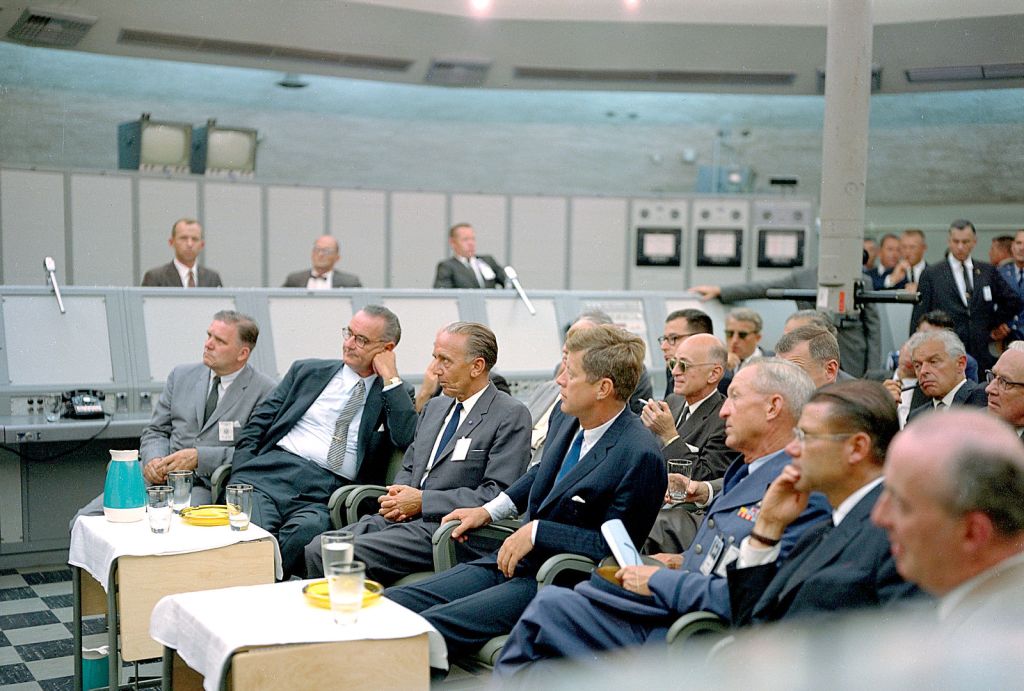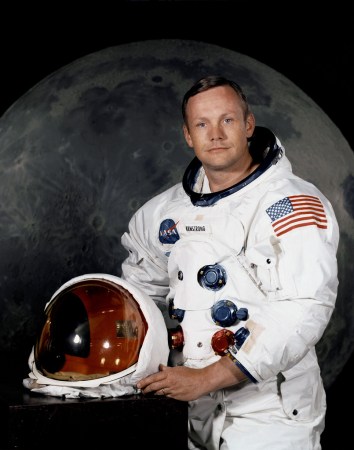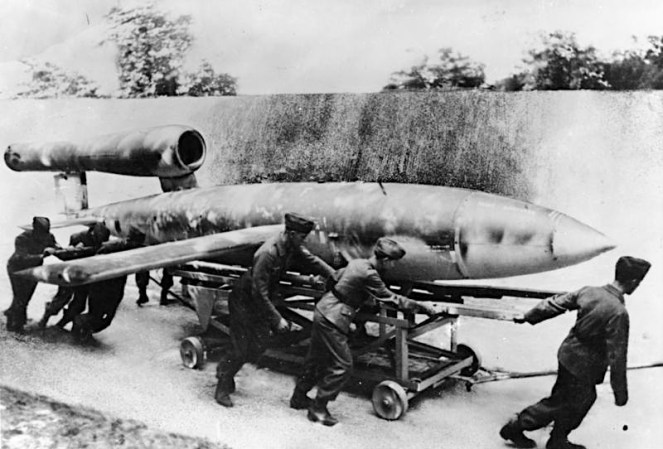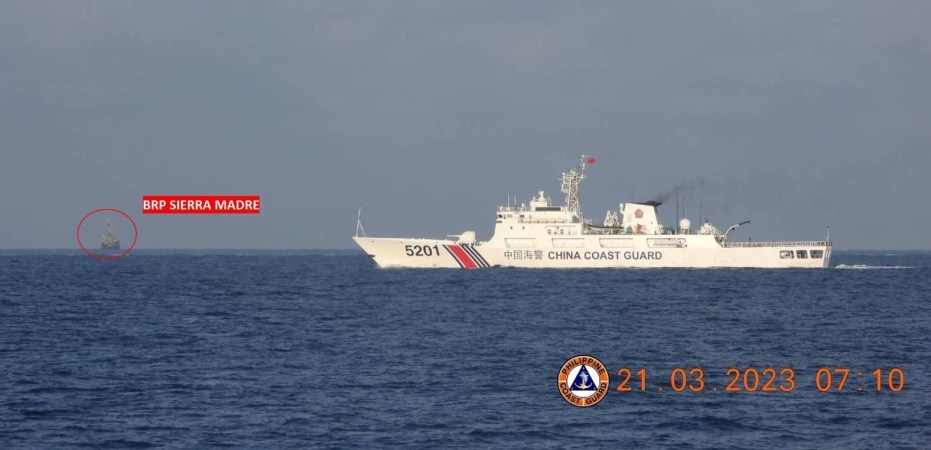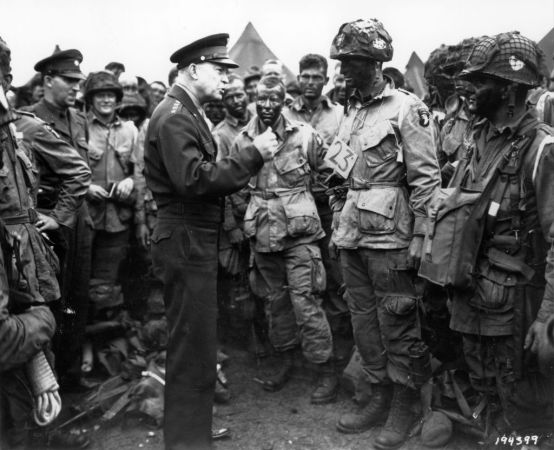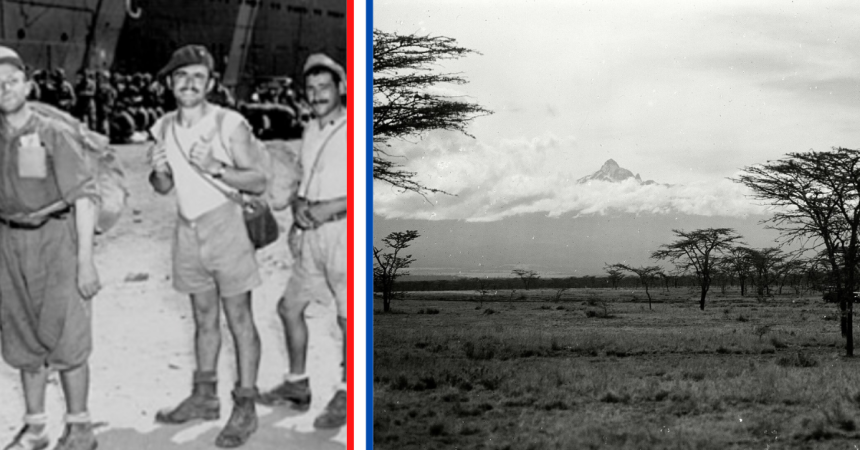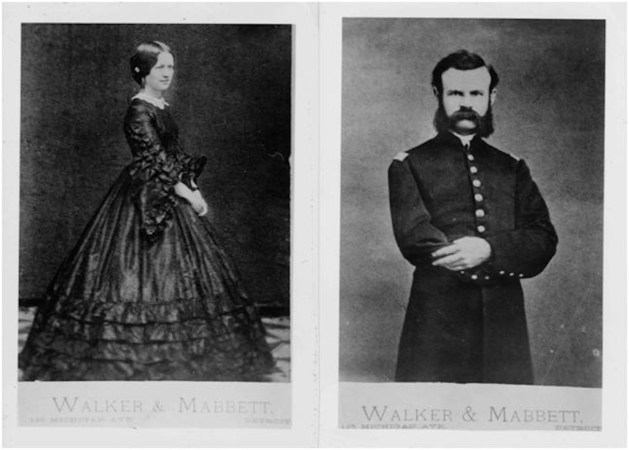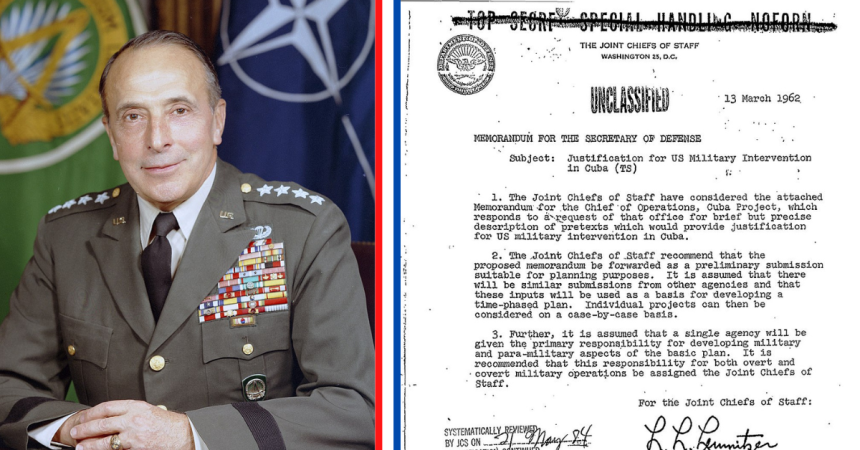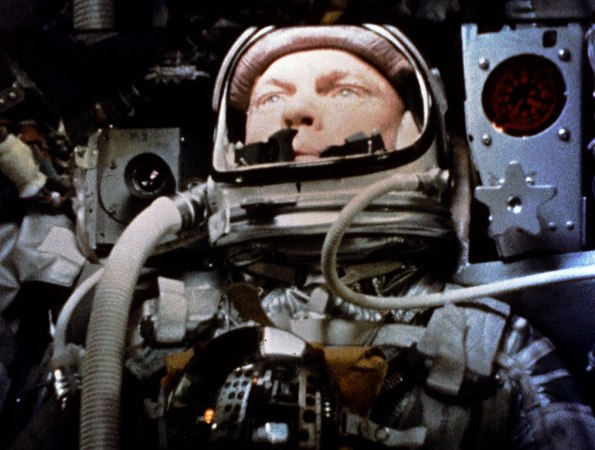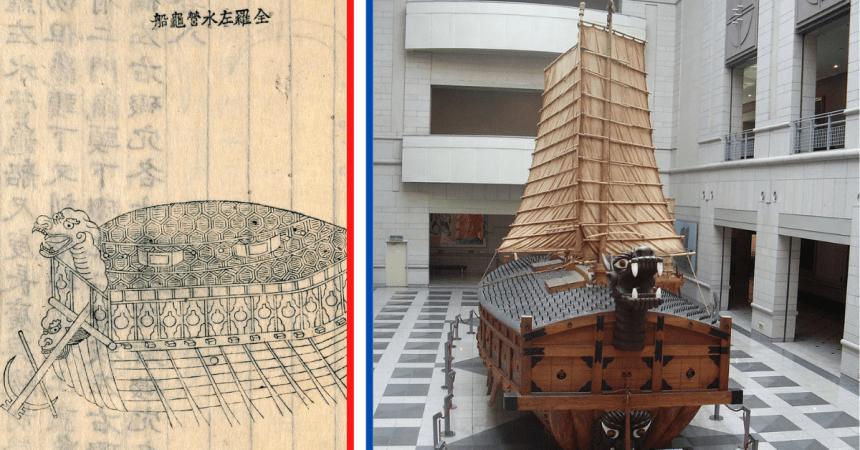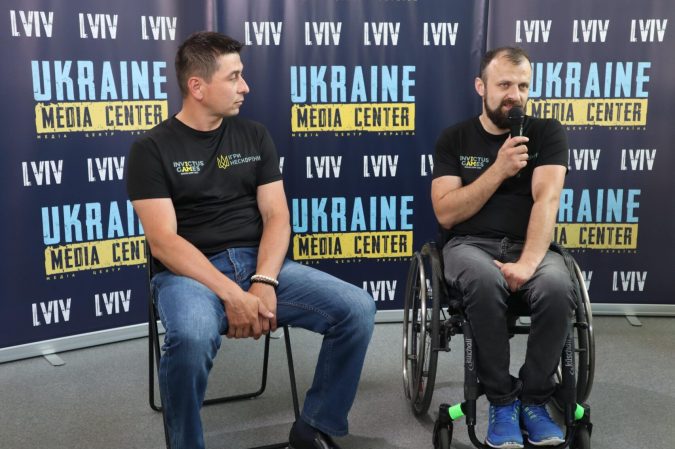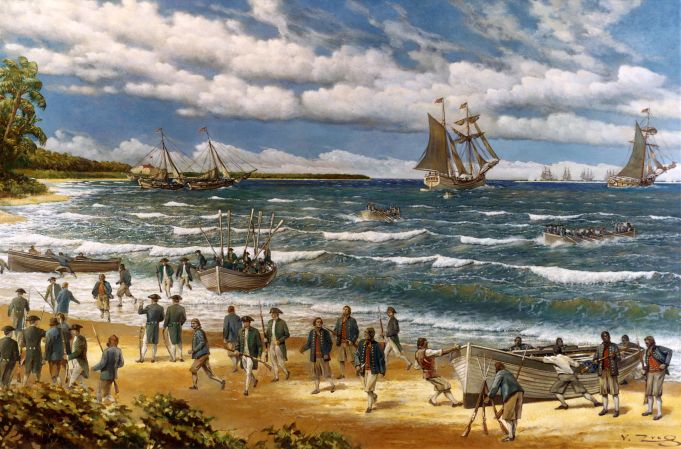Operation Paperclip might not be one of America’s most prominent secret ops, but it does highlight the country’s alliance with Nazi scientists in the aftermath of WWII. Unsurprisingly, this startling chapter leaves many questioning the moral compromises made for the sake of science, tech and military might. While this top-secret initiative fortified America’s global standing, it did so through morally questionable compacts, leaving a cloud over its historical legacy.
Genesis and ethics
As World War II neared its end, Allied forces made a shocking discovery. Nazi Germany had an advanced research program on weapons and rocketry. The V-2 rockets, the world’s first long-range guided ballistic missiles, were a testimony to Germany’s technological prowess. In a jaw-dropping twist, U.S. authorities, desperate to outpace the Soviets, made the shocking decision to launch Operation Paperclip, directly recruiting scientists who had been part of Nazi Germany.
The operation aimed to recruit top German scientists, engineers, and technicians, providing them a path to American citizenship. The name “Paperclip” was coined because paperclips were attached to the profiles of selected individuals, earmarking them for recruitment.
Though it’s hard to ignore the technological advancements, the ethical compromises that were a part of Operation Paperclip are troublesome. The transfer of German aerodynamic technology, for instance, laid the foundation for America’s supersonic flight programs. Concepts like the “swept wing,” initially developed by German scientists, became instrumental in the design of American fighter jets.
Even beyond rocketry, German experts played a role in developing high-altitude protective suits, advanced prosthetic limbs, and even contributions to biochemistry that paved the way for various pharmaceuticals.
Key personnel
It’s almost unfathomable, but the discussion about Operation Paperclip has to include Dr. Wernher von Braun. He was not just an architect of rockets but a former Nazi party member and an SS officer. America looked beyond his recent actions when his work proved instrumental in the United States space program, including the Apollo moon-landing missions.
In addition to von Braun, experts like Kurt Debus, who became the first director of NASA’s Kennedy Space Center, and Hubertus Strughold, known as the “father of space medicine,” were also recruited.
Recognized as one of the key minds behind the Saturn V rocket, Arthur Rudolph’s contributions were indispensable for the Apollo program. He was in charge of the Pershing missile program before moving on to NASA. His expertise was considered invaluable, but it’s unsettling to reconcile that with his prior affiliations.
A former major-general in the German army and Nazi, Walter Dornberger was instrumental in the development of the V-2 rocket program. In the United States, he worked on various missile projects and later transitioned into the aerospace industry, making substantial contributions to the ballistic missile program.

Technological milestones
In a baffling paradox, Nazi scientists with dark pasts contributed to groundbreaking projects that reshaped the United States’ future. One of the most celebrated milestones was the Saturn V rocket, the workhorse behind the Apollo program. Led primarily by former Nazi von Braun, the Saturn V rocket became operational in 1967. It was the backbone of the Apollo program. It’s a mind-bending reality to think that these marvels of engineering had roots in an operation fraught with ethical ambiguity. Further Apollo missions, including Apollo 17, the last mission to the moon in 1972, also relied on this exceptional technology.
Before Saturn V, von Braun’s team developed the Redstone rocket, which was used for the first live nuclear ballistic missile tests by the U.S. in 1958. This rocket later evolved into the Jupiter-C, which launched America’s first satellite, Explorer 1, into orbit on January 31, 1958. The Redstone rocket also played a critical role in Project Mercury. That was America’s first human spaceflight program. It sent Alan Shepard into space on May 5, 1961.
In the early 1950s, Rudolph played a critical role in the development of the Redstone ballistic missile. Later, his contributions helped make the Pershing missile operational in 1962. Both were essential components of America’s Cold War arsenal. Each contributed to the arms race that defined the geopolitical landscape during that period.
Impact
The operation saw the U.S. recruiting Nazi scientists post-World War II, fundamentally altering the technological landscape. The significance of this operation stretches far beyond the era it was conceived in. It asks us to grapple with the ethical complexities intrinsic to groundbreaking achievements. By bringing in German scientists, Operation Paperclip equipped the United States with a technological arsenal unparalleled at the time.
From rocketry to advanced weapons systems, the influx of knowledge had immediate and far-reaching impacts. It was like acquiring the ultimate cheat sheet in a fiercely competitive game. To put it plainly, if you can’t get the star player on your team, you at least want to make sure your rival doesn’t recruit them. This strategic move hindered the Soviets’ technological advancements. In turn, it significantly affected the balance of power during the Cold War period.
While the accomplishments stemming from Operation Paperclip are monumental, they inevitably bring us face-to-face with ethical considerations. These were, after all, scientists who had been part of an oppressive regime responsible for untold human suffering. However, the operation compels us to confront the often uneasy relationship between ethical considerations and national security imperatives. The balancing act between the two is a subject that’s not just relegated to the history books but remains a living, breathing debate in military and scientific circles to this day.


